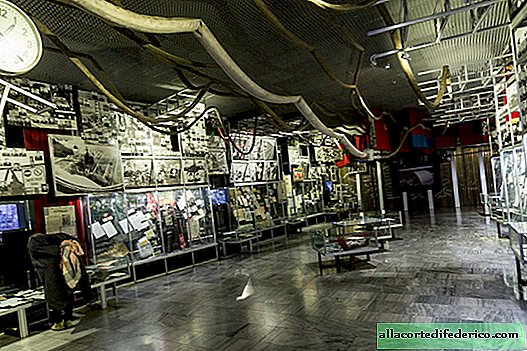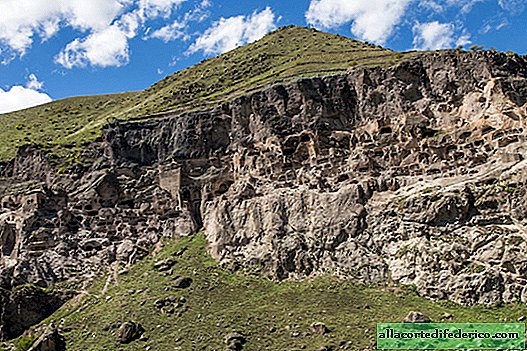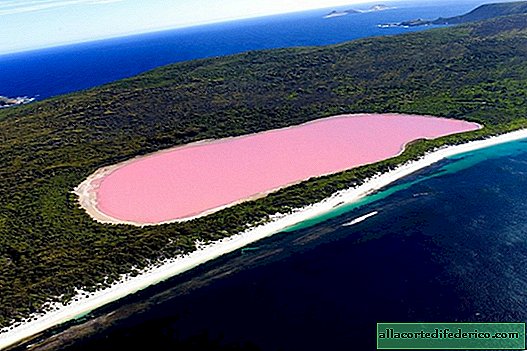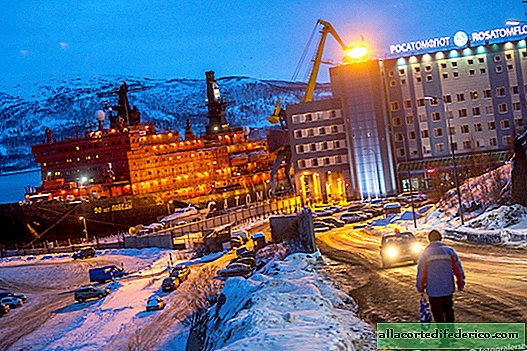Chernobyl Museum in Kiev
The accident in April 1986 at the Chernobyl nuclear power plant became the largest disaster in the history of nuclear energy. Giant territory was exposed to radioactive contamination in different regions of the USSR and Scandinavia. After the disaster, about 116 thousand people were resettled from life-threatening places, several thousand people died as a result of irradiation, and more than 600 thousand Soviet citizens of various professions were involved in the aftermath of the accident in the first 5 years. I learned even more about the disaster at the Chernobyl nuclear power plant in the national Chernobyl museum in Kiev.

The names of 76 settlements of Ukraine, which were due to radiation pollution in the exclusion zone, can be found at the entrance to the Chernobyl National Museum in Kiev.

April 26, 1986 at 1 o'clock and 23 minutes in the night as a result of an unsuccessful test of a turbogenerator at a nuclear power plant, an explosion and fire occurred.

The prototype of the fourth power unit of the Chernobyl nuclear power plant with a RBMK-1000 type uranium-graphite nuclear reactor (a high-power channel reactor with a capacity of 1000 megawatts) in which the explosion occurred. At that time, this type of reactor was used at 5 power plants in the USSR, and the Soviet government was fully confident that such reactors were safe for operation.

The first information about the disaster appeared in the newspapers only on April 29. This was the first official press release in the US - on the front page of the New York Times:

And so it looked like the first official announcement in the newspaper "Soviet Ukraine". Mention of the disaster is only on the third page of the newspaper: "From the Council of Ministers of the Soviet Union. An accident occurred at the Chernobyl nuclear power plant, one of the nuclear reactors is damaged. Measures are being taken to eliminate the consequences of the accident. The victims are given assistance. A government commission has been set up."

Of course, the Soviet authorities hid full information about the accident, but due to the fact that the country did not have a large-scale system for monitoring the radiation situation, they themselves were not able to adequately, quickly and accurately assess the situation.

A letter to the relatives of one of the liquidators of the consequences of the disaster.

Rewards, badges, personal items.



Declassified documents.

Schedule of work.

Other exhibits.




The radiation background in Pripyat is from 0.0008 mSv / h (0.8 μSv / h) to 0.02 mSv / h (20 μSv / h), i.e. the radiation level is several times exceeded. Despite the fact that they are trying to position Chernobyl as one of the most interesting objects from the point of view of tourism, there is nothing to do in such zones. It’s better to visit the museum and watch the rest on YouTube.
Information on the radiation situation in the city of Pripyat.


















